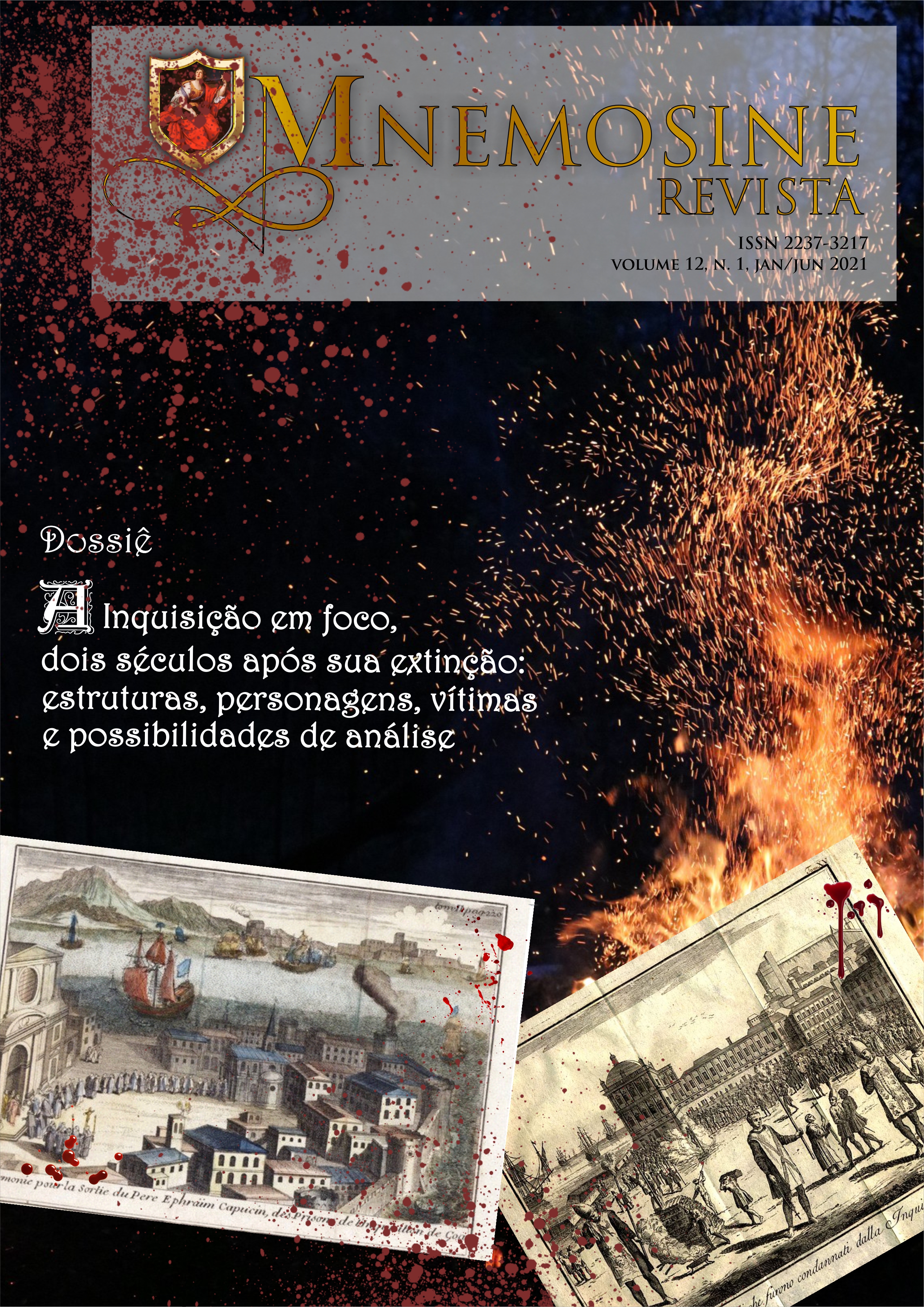KUNG FU ON SCREEN: A READING OF ELEMENTS OF CHINESE MARTIAL HISTORY OF KUNG-FU FILMS
Abstract
This article aims to analyze Chinese martiality from elements collected from the so-called “Chinese martial cinema”, understood as an important source of non-corporeal content for Kung-Fu practitioners in a country like Brazil. From an analysis of these elements (specifically “Kung-Fu film”, “Kung-Fu”, “Shaolin” and “Chi Kung”), it is possible to obtain some answers about elements of martiality and the history of China. This article aims to analyze Chinese martiality from elements collected from the so-called “Chinese martial cinema”, understood as an important source of non-corporeal content for Kung-Fu practitioners in a country like Brazil. From an analysis of these elements (specifically “Kung-Fu film”, “Kung-Fu”, “Shaolin” and “Chi Kung”), it is possible to obtain some answers about elements of martiality and the history of China. We will approach the appropriations of Kung Fu wlo cinema as a filmic offshoot of the Epic Literature, called Wushia, whose current interest is more symptomatic to questions of our present than to other regimes of historicity.












